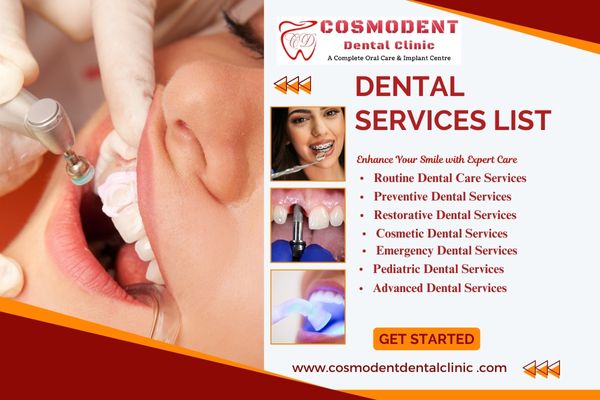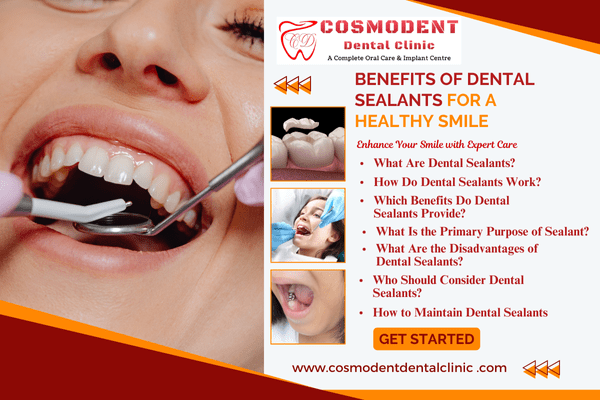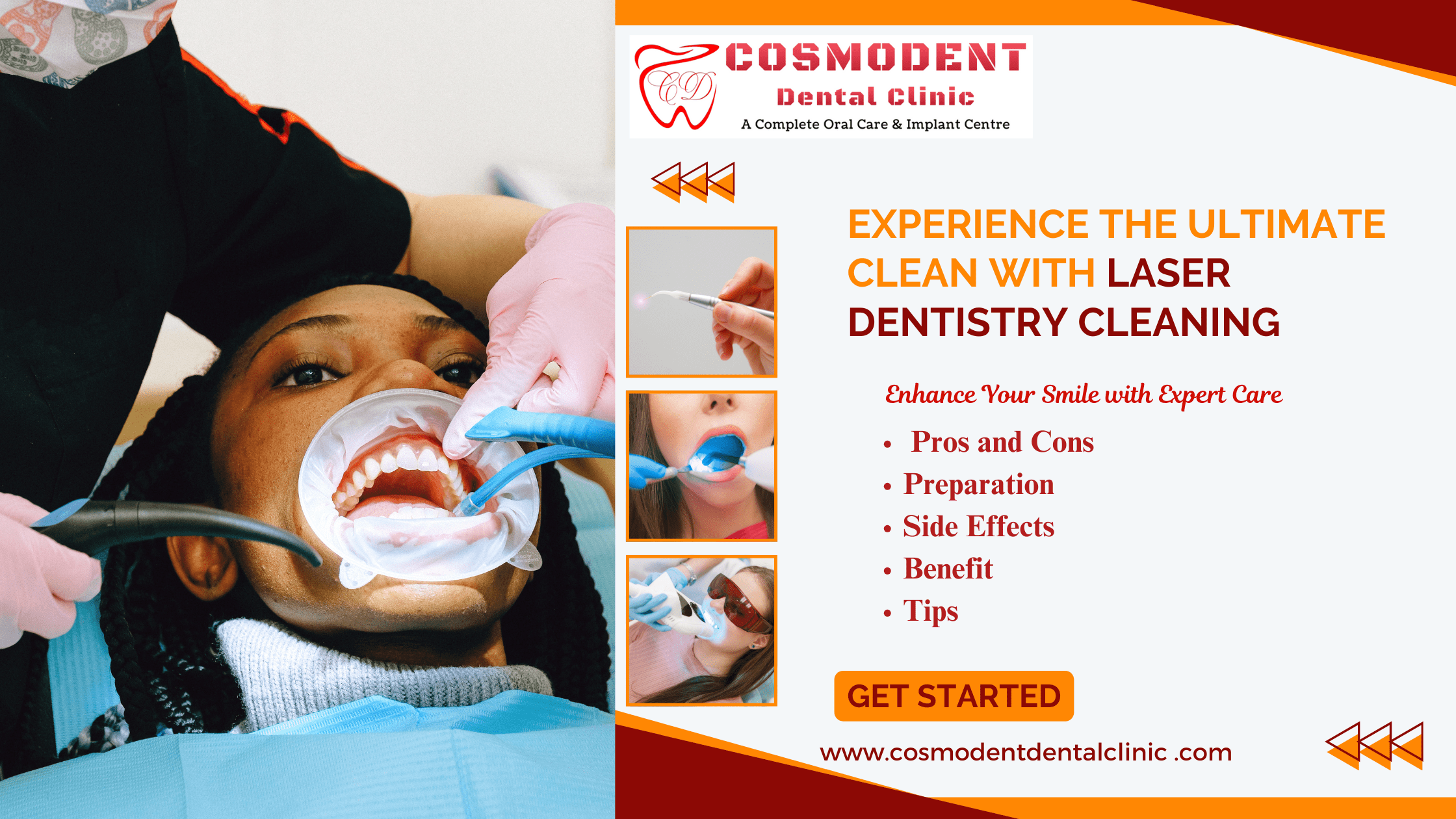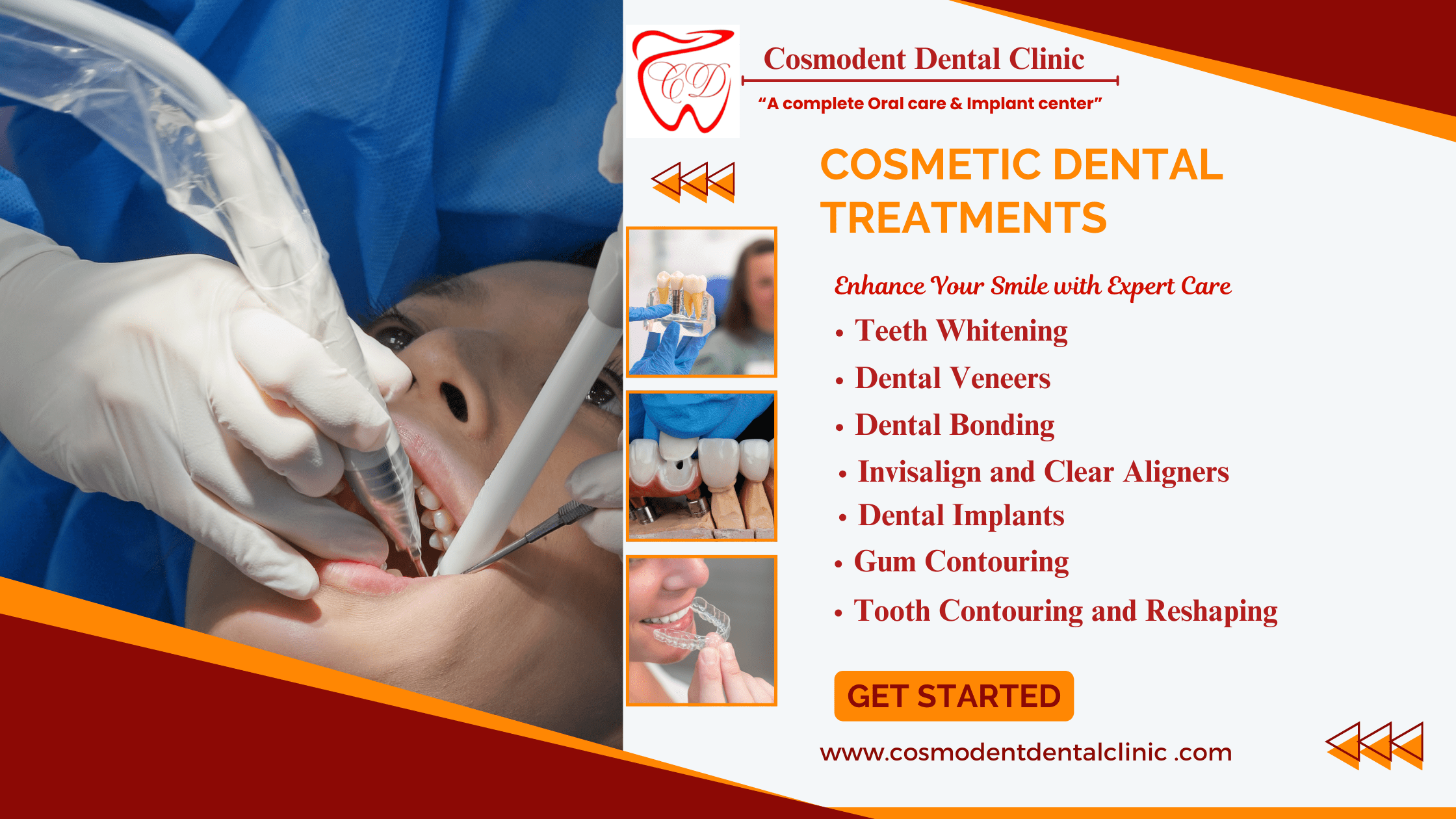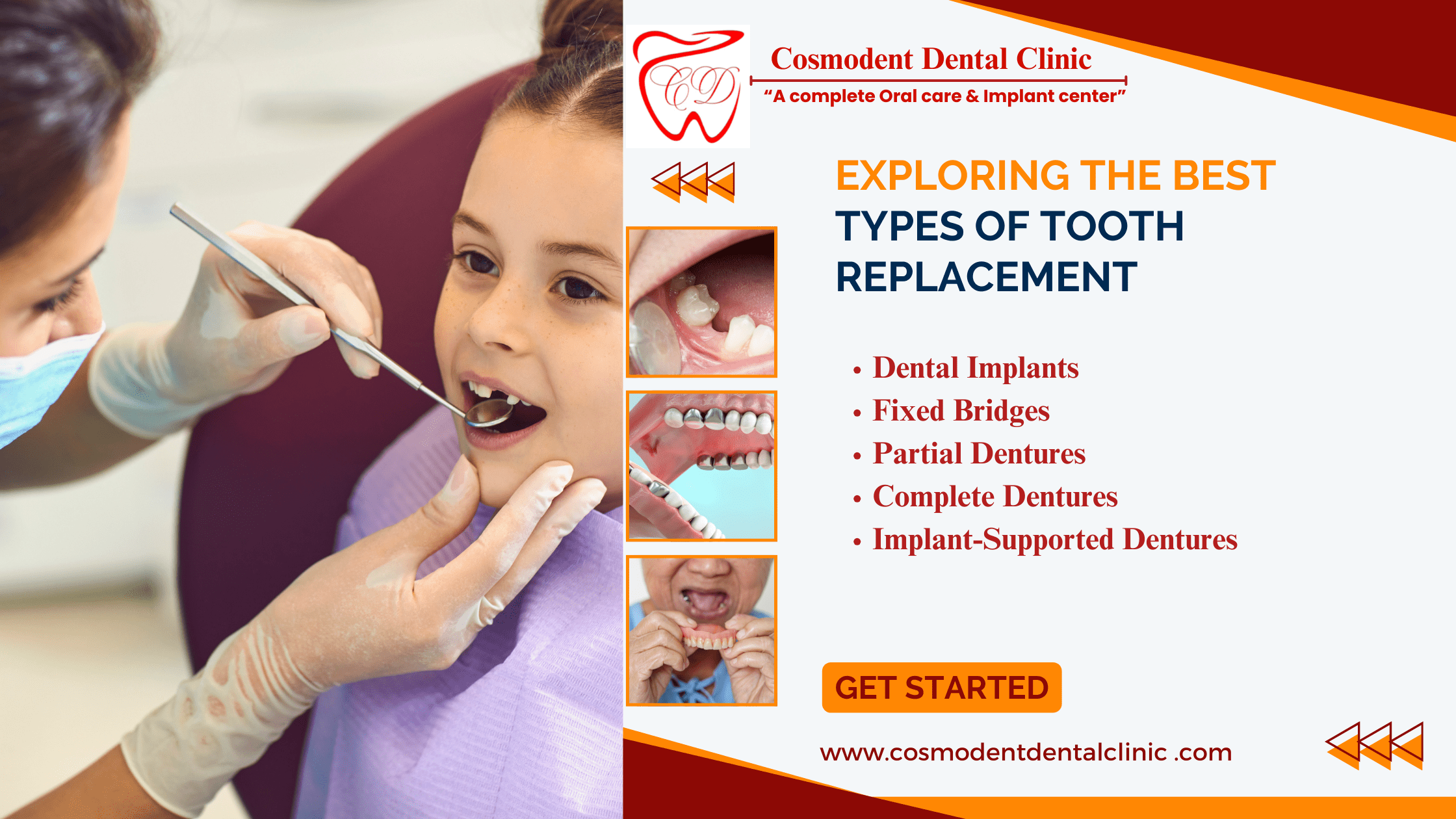Introduction:
A charming smile can beautify your look and improve your confidence. Professional orthodontic treatment services offer complete answers to a whole lot of dental issues, enhancing not only most effective cosmetics but also excellent oral fitness. In this complete guide, we will explore the numerous benefits of orthodontic treatment, the different types of services available, and why it’s crucial to searching for expert help to get quality consequences.
Understanding Orthodontic Treatment Services
Orthodontic treatment services encompass a range of procedures aimed at correcting misaligned teeth and jaws. These offerings are designed to deal with troubles which include crooked teeth, overcrowding, wear and tear, and different dental anomalies. Orthodontists, who are dental specialists with additional training in this field, utilize various techniques and appliances to help patients achieve a healthy, beautiful smile.
Why Orthodontic Treatment is Important
- Improved Oral Health: Bad tooth can make cleansing tough, leading to plaque, gum decay and gum disease. Dental implants provide higher alignment of tooth, making them less complicated to smooth and decreasing the risk of dental issues.
- Improved aesthetics: A straight, properly-proportioned smile significantly complements facial expressions and boosts shallowness.
- Functional Improvement: Correcting issues with gums improves the feature of the tooth, in addition to healthy tooth and speech.
- Preventing future issues: Fixing alignment problems early can save you more extreme dental troubles and more complex remedies in the future.
How many types of orthodontic are there?
Orthodontic treatment services offer a range of options to help you achieve the smile you’ve always wanted. By understanding these treatments, choosing the right orthodontist, and knowing what to expect during and after your treatment, you can transform your smile with confidence. Here are the most common types:
1. Traditional Metal Braces
Traditional metal braces are the most widely known form of orthodontic treatment. They consist of metal brackets attached to the teeth and connected by a wire. Over time, the orthodontist adjusts the wire to gradually move the teeth into their correct positions.
Advantages:
- Effective for treating severe misalignments.
- Generally, it is more affordable compared to other options.
Disadvantages:
- Visible and can affect the aesthetic appearance.
- May cause discomfort and irritation initially.
2. Ceramic Braces
Ceramic braces function similarly to traditional metal braces but use tooth-colored or clear brackets that blend with the teeth, making them less noticeable.
Advantages:
- Less visible than metal braces.
- Effective for a wide range of orthodontic issues.
Disadvantages:
- More expensive than metal braces.
- Brackets can stain if not properly maintained.
3. Lingual Braces
Lingual braces are placed on the inner side of the teeth, making them invisible from the outside. They work similarly to traditional braces but are customized to fit the inner surface of each tooth.
Advantages:
- Completely invisible from the outside.
- Effective for complex dental corrections.
Disadvantages:
- It can be more uncomfortable initially.
- More challenging to clean.
4. Clear Aligners (Invisalign)
Clear aligners, such as Invisalign, have gained popularity due to their convenience and aesthetic appeal. These are custom-made, removable trays that gradually move teeth into their desired position.
Advantages:
- Virtually invisible.
- Removable, making eating and cleaning easy.
- Comfortable with no metal wires or brackets.
Disadvantages:
- May not be suitable for severe misalignments.
- It requires discipline to wear for the recommended 20–22 hours per day.
5. Self-Ligating Braces
Self-ligating braces are similar to traditional braces but use a sliding mechanism instead of elastic bands to hold the wire in place. This allows for more efficient tooth movement and often shorter treatment times.
Advantages:
- Less friction and discomfort.
- Shorter treatment duration in some cases.
Disadvantages:
- Can still be visible.
- More expensive than traditional braces.
- The Orthodontic Treatment Process
The journey to a perfect smile through professional orthodontic treatment services involve several steps:
1. Initial Consultation
The process begins with a primary consultation, in which your dentist thoroughly examines your dental, gum, and average oral health. This may include taking X-rays, photographs, and impressions to create a detailed treatment plan.
2. Treatment Planning
Based on the initial evaluation, the dentist will develop a customized treatment plan. This chart outlines the kind of dental offerings encouraged, the expected period of treatment, and related charges.
3. Placement of Appliances
Once the treatment plan is complete, the dentist will place a choice of restorative equipment (braces, etc.) on your tooth. They additionally provide instructions on how to take care of and hold these gadgets.
4. Regular changes
Throughout the remedy, you may want to see your dentist regularly for modifications and maintenance. These plans are vital to ensure that remedy proceeds as planned and to make any vital adjustments.
5. Retention Phase
After the active treatment phase, a retention segment follows. This involves wearing retainers to maintain the new position of your teeth and prevent them from shifting back to their original positions.
Benefits of Professional Orthodontic Treatment Services
Choosing professional orthodontic treatment services offers many benefits that ensure an effective and comfortable treatment experience.
· Expertise and Experience
Dentists obtain substantial training and have the information they need to cope with a wide range of dental problems. Their experience ensures that you receive the best possible care, tailored to your specific requirements.
A well-designed treatment plan
Professional dentistry requires dental treatment plans that deal with your precise dental issues and aesthetic goals. This refined method results in extra-green and effective treatment.
· Access to Advanced Technology
Dental professionals use cutting-edge technology and techniques to provide correct and comfortable treatment. This consists of digital impression, 3D modelling and advanced braces and aligners.
· Comprehensive Care
Dentists offer comprehensive care from the initial consultation to follow-up after remedy. This guarantees that every element of your remedy is handled nicely, generating the most satisfactory possible final results.
· Improved Confidence and Quality of Life
A superbly matched smile can improve your self-confidence and your quality of life. Professional dentists help you achieve a smile that you can be happy with.
Choosing the Right Orthodontic Treatment Services
Choosing the proper dentist for orthodontic treatment services is critical for achieving the best results. Here are a few things to recall when choosing:
· Qualifications and Credentials
Make sure the dentist is properly certified and has the essential qualifications and certifications. Membership in professional agencies, which include the American Association of Orthodontists (AAO), is also a great indicator in their knowledge and commitment to continuing education.
· Experience and Specialization
Look for an orthodontist with extensive experience in providing the specific type of treatment you need. Specialization in certain techniques, such as Invisalign or lingual braces, can also be beneficial.
· Patient Reviews and Testimonials
Reading affected person opinions and testimonials can offer perception of the quality of care and patient pleasure. Look for feedback at the dentist’s professionalism, conversation, and overall scientific revelry.
· Technology and Facilities
A modern orthodontic practice with advanced technology and comfortable facilities can enhance your treatment experience. Ensure the power uses state-of-the-art equipment and follows exceptional practices in hygiene and patient care.
· Consultation and Communication
Choose a dentist who takes the time to explain remedy options, methods, and expected outcomes. Good communication and clear information of your treatment plan are essential for a successful orthodontic journey.
Conclusion
Orthodontic treatment services offer a more fit, more appealing smile. Whether you need to correct misaligned teeth or enhance normal dental fitness, expert dentistry provides the understanding and solutions you need. By deciding on the right dentist and knowing the treatment alternatives to be had, you could acquire the smile of your dreams and revel in the numerous blessings that come with it.
Change your smile today through exploring our services. With care and commitment, the ideal smile is within reach.
Purpose:
The purpose of root canal treatment is to save a tooth that is severely decayed or infected, preserving it rather than extracting it.
Procedure:
Root Canal Treatment (RCT) is a dental system designed to keep and restore a critically broken or infected tooth. During root canal treatment, the enamel entails extraction, infected or inflamed pulp inside the enamel is eliminated, cleaned, disinfected, and sealed. This method allows relieving pain and save you in addition headaches, permitting you to keep your natural tooth.
By engaging in an root canal treatment, you can avoid dangerous treatments which include extractions and maintain your natural smile. It’s important to follow your dentist’s post-treatment care instructions diligently for optimal results. Remember that root canal treatment can be a game changer to get your tooth useful and exquisite again!
Treatment:
1) Consultations:
Initial consultations with a dentist or endodontist to assess the tooth’s condition and discuss treatment options.
2) Check Up:
X-rays and examinations are conducted to determine the extent of the damage and plan the treatment.
3) Treatments:
The root canal procedure is performed, involving removal of the infected pulp, cleaning, shaping, and sealing the tooth.
4) Recovery:
Following the procedure, patients may experience some discomfort or swelling, which usually subsides within a few days. Pain relief medications may be prescribed.
Follow-up:
Patients are scheduled for follow-up appointments to monitor the tooth’s healing and ensure there are no complications.
Benefits:
- Saves the natural tooth, preventing the need for extraction.
- It relieves pain and discomfort associated with tooth decay or infection.
- Restores function and appearance of the tooth, allowing normal chewing and biting.
- Prevents spread of infection to surrounding teeth and tissues.
- Long-term solution with proper care and maintenance.

